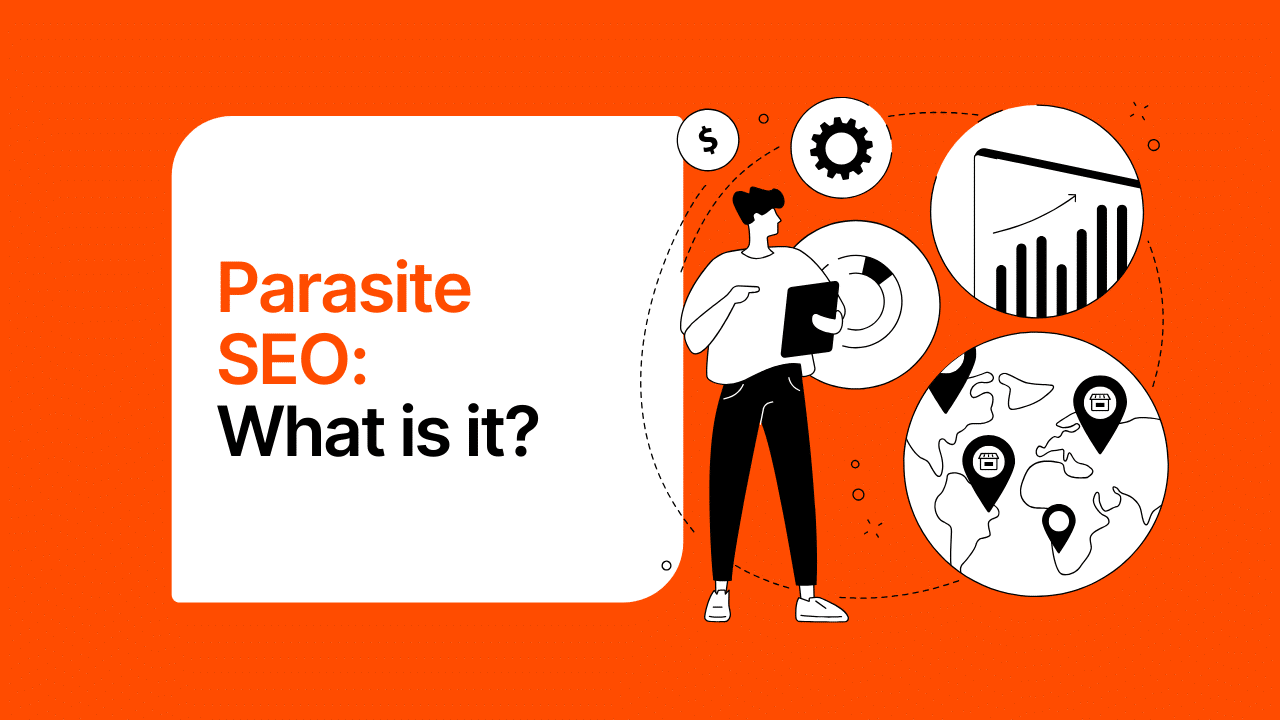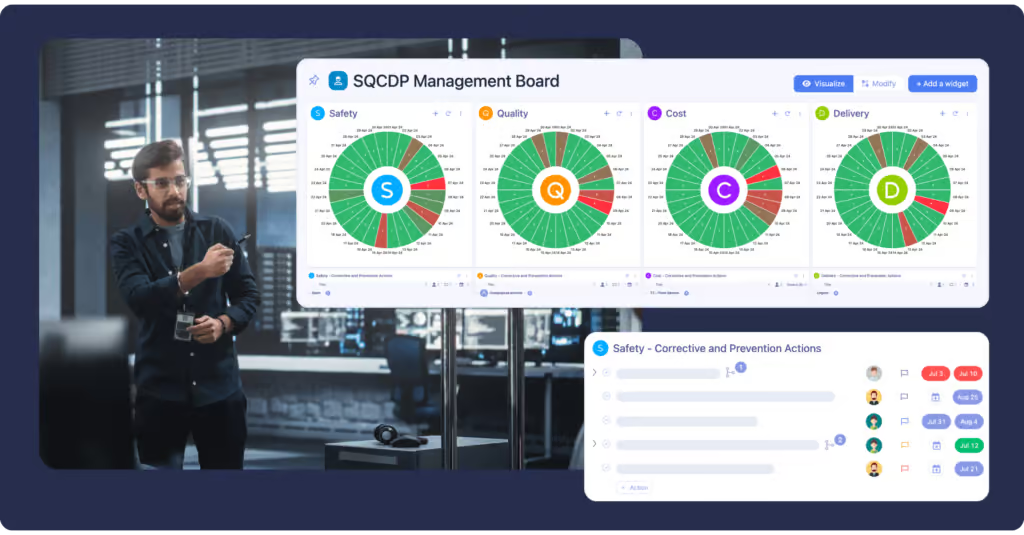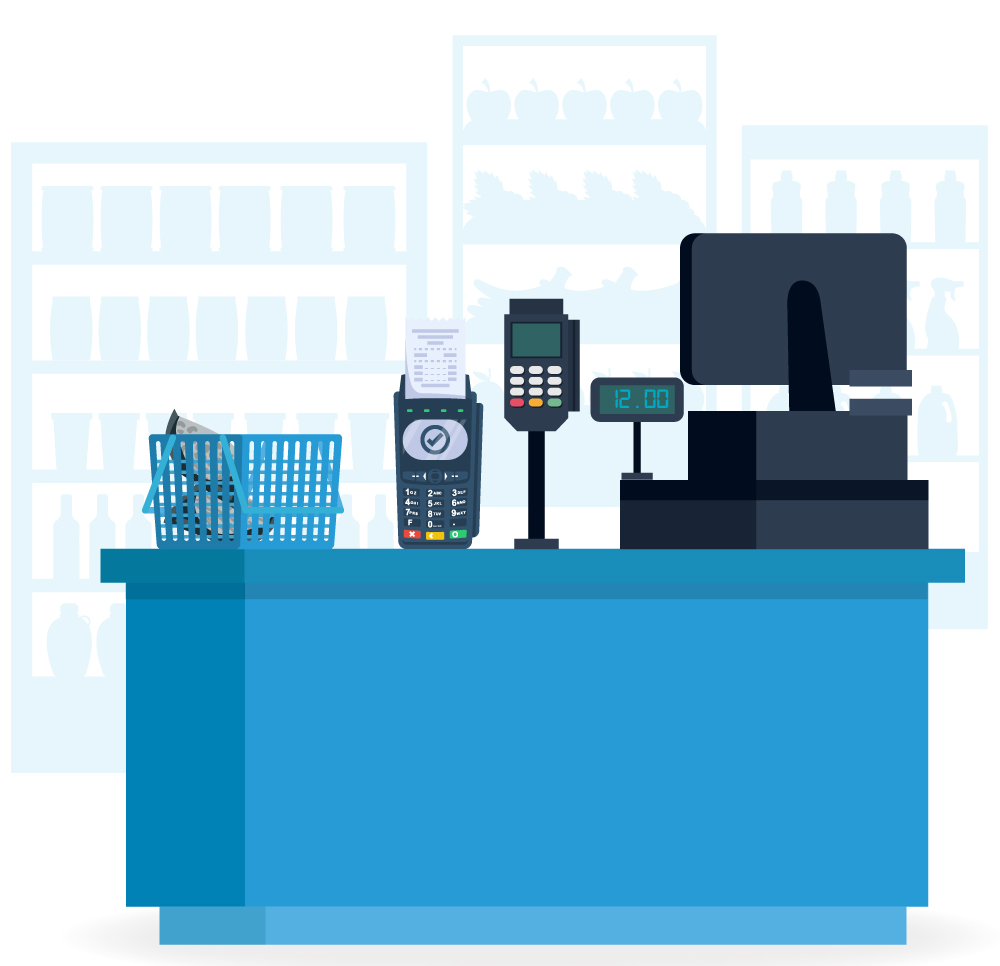
In the world of digital marketing, small businesses are constantly seeking strategies to increase their online presence. One technique that has gained popularity is “parasitic SEO.”
With this strategy, you can achieve results quickly, but you should be aware that it also has its risks. Here, we explain what parasitic SEO is, how it works, and what it can do for you as a small business owner.
What is Parasitic SEO?
Parasitic SEO is a search engine optimization technique. With it, you leverage the authority of high-profile domains to position your content in search results.
Instead of creating and positioning your website natively, as a digital marketing expert, you should upload content regularly to platforms with high domain authority and those already ranked. You can consider well-known media outlets, popular blogs, forums, and social networks.
Thanks to the power of those domains, any content you publish on them will have a better chance of appearing at the top of search results.
How Does Parasitic SEO Work?
Businesses trying out a parasitic SEO strategy for their website might try some of these strategies:
- Identify High-Domain Platforms: They might look for websites with a strong presence on Google where they can freely publish content.
- Create Optimized Content: Generate useful content accompanied by lists of analyzed keywords that help attract organic traffic.
- Publish on Selected Platforms: After publishing, they’ll take advantage of the platform's high domain name to position the content in search engines.
- Generate Backlinks: Create links from other pages to further increase the authority of the published content.
- Promote on Social Media: Share the content through social networks to generate traffic and improve the possibility of organic reach.
Benefits of Parasitic SEO
Here are the most relevant advantages offered by parasitic SEO:
- Rapid Positioning: With this technique, you can increase traffic in weeks, unlike traditional SEO, which can usually take months to rank.
- Lower Initial Investment: You won't have to build and position your website from scratch. This means less expense, effort, and time.
- Leverage an Authoritative Domain: You can publish on authoritative domains. This will facilitate indexing and provide greater trust with the search engine.
- Greater Reach: You will be able to grow larger and more diverse audiences.
- Fewer Technical Requirements: The ease of the technique allows it to be implemented even if you have no prior SEO experience.
Risks of Parasitic SEO
Despite its benefits, parasitic SEO also has risks and disadvantages, which you can review here:
- Lack of Control: If you don't monitor the content you publish, platforms can remove it without prior notice.
- Dependence on Third Parties: If a platform changes its policies and excludes the publication of external content, you could lose all your effort and investment.
- Possible Google Penalties: Although parasitic SEO isn't illegal, Google could consider it search engine manipulation and could resent algorithm updates.
- Reputation at Stake: If the strategy you implement is perceived as deceptive, your company's reputation could suffer.
- Fierce Competition: Because it's a simple and efficient tactic, many companies are using it, making it difficult to compete.
Is Parasitic SEO a Good Option for Small Businesses?
If you're a business owner with limited resources and need quick results, parasitic SEO can be an attractive tactic. However, you should know that long-term strategies are also available that are more sustainable, ethical and reliable.
Additionally, using tools like a VPN app for iOS will be critical to protect your digital marketing efforts.
For example, if you use parasitic SEO tactics that involve accessing untrusted networks or scraping data, a VPN encrypts your connection and masks your IP address, reducing risks of data breaches or legal exposure.
This ensures your company can securely manage campaigns without compromising security or compliance.
Parasitic SEO is a strategy you can turn to when you require quick and effective results for a small business. However, don't forget that it also carries its risks. While it's an interesting technique, it's not the only one available.
If you implement it, consider that it could also work as a complementary technique to more sustainable strategies.


